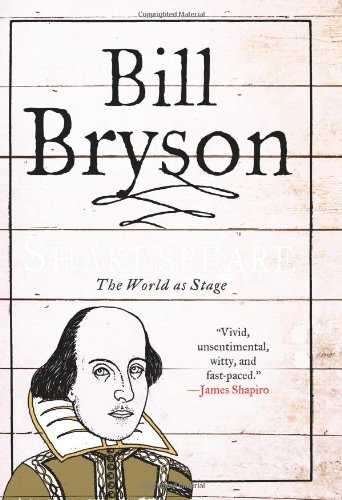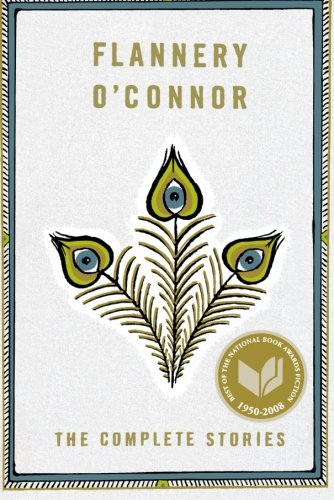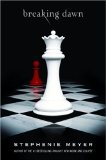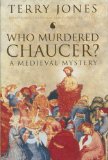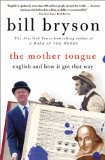First, the good news is that I was able to generate quite a lot of interest in a book club among the teachers at my school. They graciously allowed me to select our first book, and I chose Mary Ann Shaffer and Annie Barrows’s The Guernsey Literary and Potato Peel Pie Society. It’s a perfect book for book clubs, and I believe I had read as much somewhere, but I’m not sure where. I was taken by the title.
The book is populated with memorable characters who tell their story through letters. As this is one of only a handful of epistolary novels I’ve read, I’ll call it a unique storytelling device that works well to reveal the plot. Much better, in fact, than I think a straight narrative would have because it allows for the otherwise risky device of multiple narrators to work much better. The novel is the story of a writer named Juliet Ashton, who reminded me of Dorothy Parker. I’ll be curious to see if my book club members thought of her, too. By chance, Dawsey Adams, a pig farmer on the Channel Island of Guernsey comes upon one of her books in a used book store, and he enjoys it so much that he writes to her. Over time, Juliet develops friendships with Dawsey and his friends, who formed the Guernsey Literary and Potato Peel Pie Society during Germany’s occupation of the island during World War II.
Any book focused on a setting ought to leave the reading feeling a desire to visit, and that’s precisely how I felt. I have never thought even once in my life of going to Guernsey, but just like John Berendt’s characters in Midnight in the Garden of Good and Evil bring the city of Savannah to life and have caused a cottage industry around tourism related to the book, I wouldn’t be surprised to learn something similar happens to Guernsey; however, increased tourism will likely depend on how popular the book becomes. My favorite books — the ones I couldn’t put down even if they were not literature with a capial L — were all populated with memorable, realistic characters I wish I could know in real life, and now I have one more book to add to that list.
